Autumn Olive Berries – a tasty October harvest and potent antioxidant
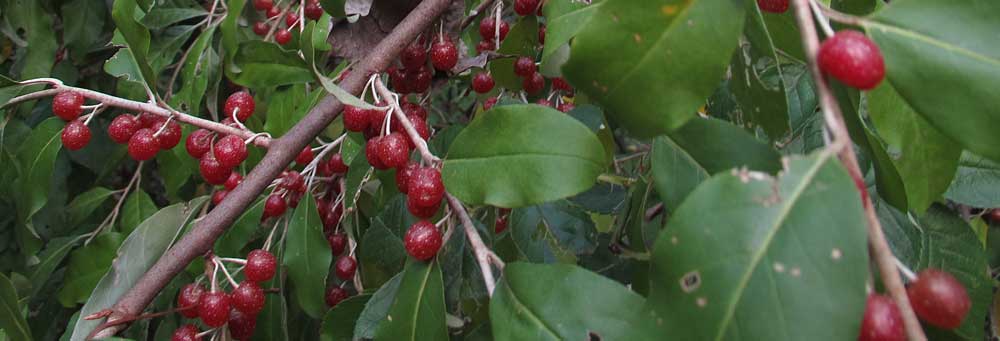
Autumn Olives (Elaeagnus umbellata) begin to ripen in late September through October and can be found in abundance throughout NY and NJ.
These tart berries are a potent antioxidant. They are one of the highest natural sources of lycopene (many time higher than tomatoes). Lycopene is recognized for its anti-cancer properties and its effectiveness in the treatment of cardiovascular disease and diabetes.
If you stop and study them, you’ll see that they are covered with white spots and that the dark green leave are silvery underneath, making the foliage appear to shimmer.
Sometimes, the bushes have few or no berries, then five feet away you’ll spot a large bush, heavy with large clusters of fruit. Since these plants tend to develop groves, your chances of finding a respectable haul are pretty good.
So why bother to gather them? What could you do with them if you did? I must admit that I had the same questions when I first discovered them. But, as a forager, I’m constantly met with the challenge of making wild foods more palatable. Some taste great straight off the plant, but many of them need serious help. After years of experimentation, I’ve developed a knack for preparing wild foods. I’ve certainly become an expert on what not to do, which pretty much leaves the things that work.
When it comes to tart or sour fruit, the obvious solution is to use a sweetener, or get used to the tartness. With something like black cherries I’ll happily eat them by the pint, as the flavor is so rich that I don’t even mind its slight tannic sharpness. However, the Autumn olive has a far more subtle flavor, with more tannin, so your tongue starts to feel powdery after just a few berries. The best way to deal with this is to cook them.
I’m sure that they would be good baked into muffins, although I haven’t tried it. The only downside to that is that each berry contains a large seed, or two, which may just soften up during cooking, or may end up being an annoyance and getting stuck in your teeth. Something I have done a number of times, is to make autumn olive “juice”, by simmering them in a small amount of water (1 part water to 8 parts berries) until soft, then pushing the liquid through a sieve, leaving the skins and seeds behind. I don’t generally throw this away, as it can be used to make a tasty tea.
The juice is rather thin and quite tart. I’ve found that adding a good quality sugar like coconut, palm or pure cane, allows me to enjoy the flavor of the berries, which is surprisingly delicious. When mixed into seltzer, it makes a tasty autumn olive soda.
Combining the juice 50/50 with crab apple sauce (prepared in the same way), gives a smooth, thick sauce that can be used for sweet or savory dishes. I’ve had success using it as an accompaniment to sautéed chicken of the woods mushrooms, roasted daylily tubers and black walnut, acorn bread. I think it would go well with fish, chicken, turkey or pork. If I use it with meat dishes, I don’t make it quite as sweet. It makes a good substitute for cranberry sauce. I have to admit though that so far my favorite way to enjoy autumn olive sauce is drizzled over vanilla ice-cream (especially if it is home made).
So, get out there and gather some autumn olives.


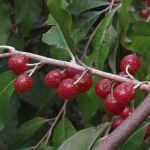
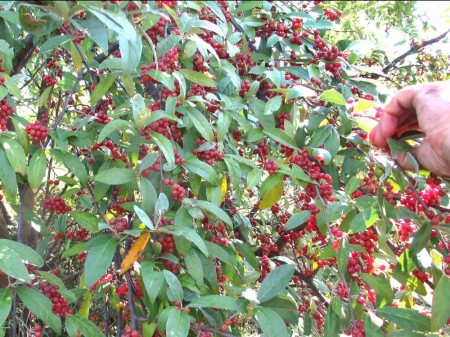
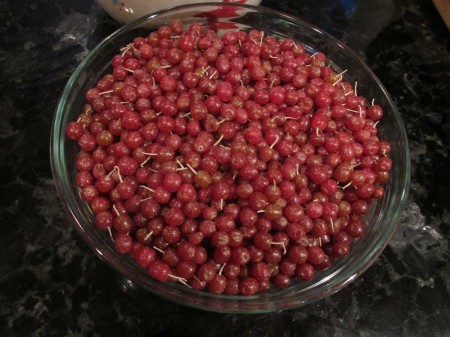
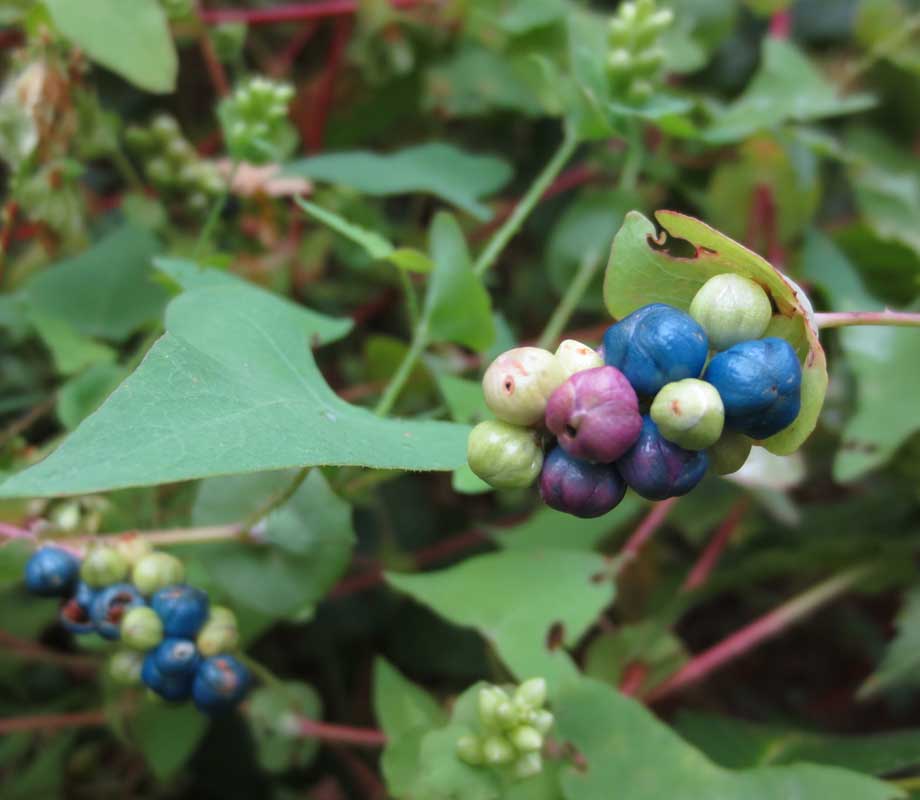
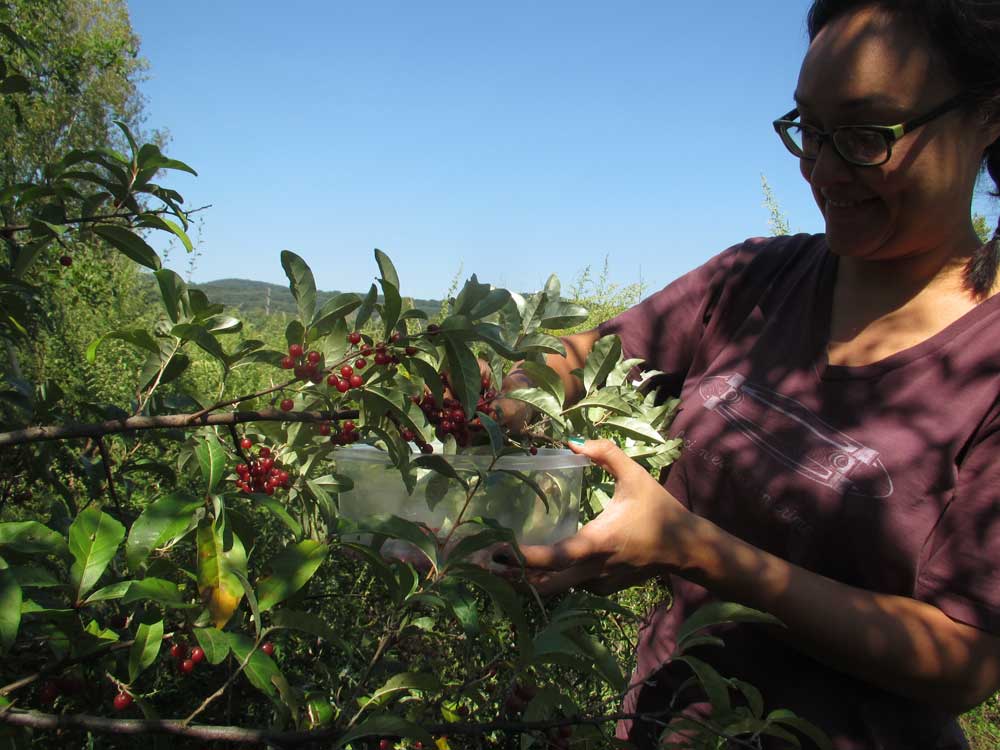
You must be logged in to post a comment Login